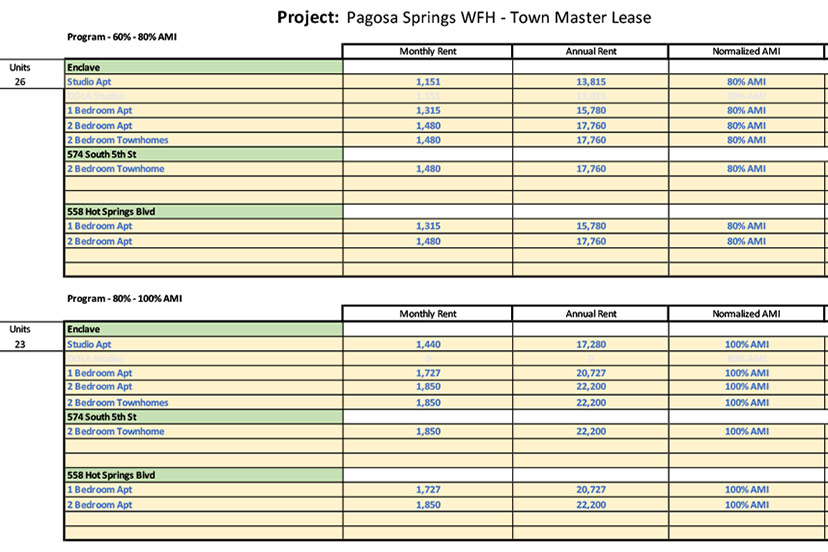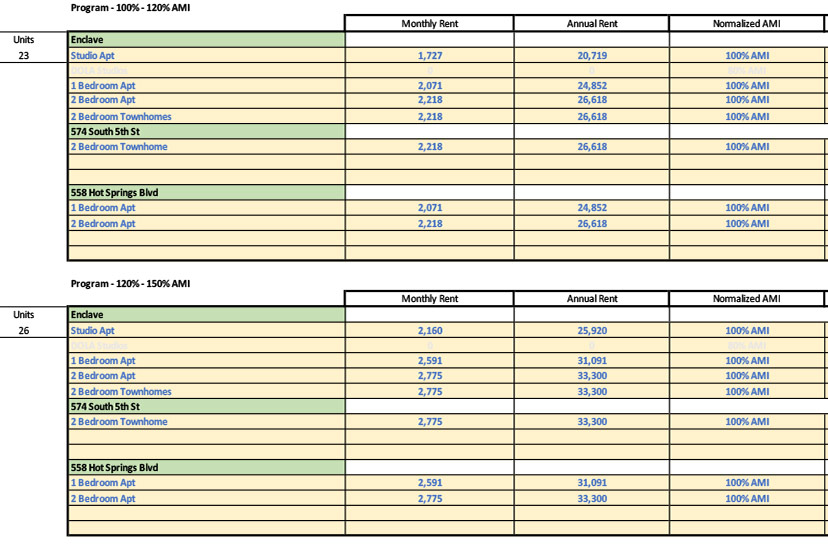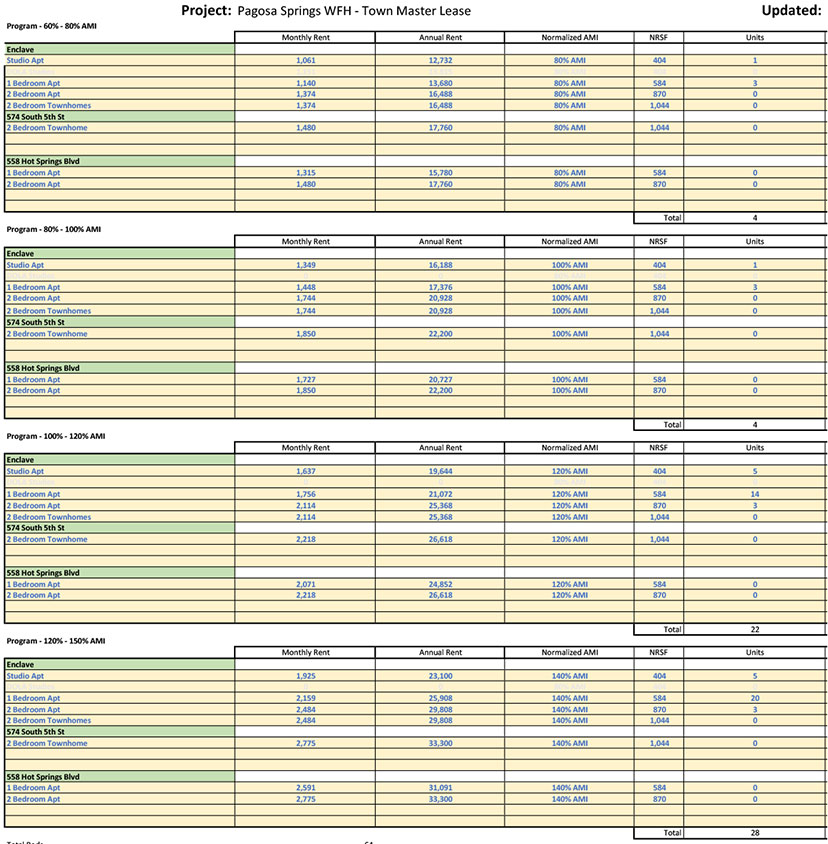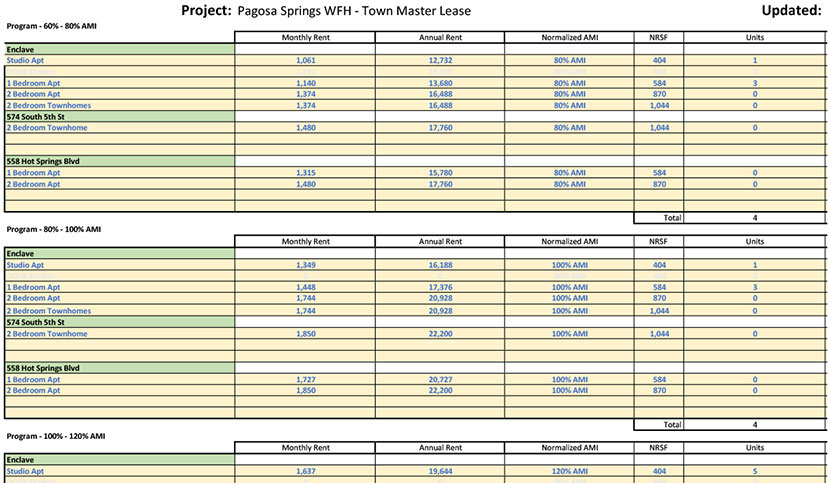A decade ago, I wrote about a government project that seemed, to me, outrageously overpriced and unnecessary. A boondoggle, in other words. While discussing the proposed Dry Gulch Reservoir in that article, I mentioned the art of “redirection”. I’d learned about redirection from my buddy Jeff Brown — the other half of our ‘music and magic’ performing duo ‘The Wigglers’ — back in the 1980s.
When performing stage magic, a time-honored technique is to direct your audience to look at your right hand… while your left hand is doing something clever.
Redirection.
I felt, back in February 2009, that the Pagosa Area Water and Sanitation District (PAWSD) was using ‘redirection’ to keep the public from seeing the significant problems with the Dry Gulch project. The article series was titled, “PAWSD Conjures $357 Million Project in Dry Gulch”.
I’m not sure if Dallas-based Servitas LLC was purposely using redirection on January 3, when they presented a pro forma for a proposed housing project on public land.
I will say, for myself, that I didn’t notice what their left hand was doing… until a few days ago, when I happened to be reviewing, once again, their January 3 pro forma. And I was shocked by what I noticed.
I wonder if anyone else noticed?
When a stage magician uses redirection, we are typically amused by the illusion. We know that ‘magic’ didn’t actually take place, but we can’t figure out how the magician fooled us. Typically, no one is hurt by the performance. We gladly bought our ticket, hoping to see a clever illusionist, in which case the money was well-spent.
I’m not sure the same situation applies to corporate entities that fool the taxpayers, and our elected and appointed leaders.
Yesterday in Part Three, we looked at a November 2022 pro forma from Servitas, outlining a possible financial arrangement to use tax subsidies and public land to facilitate 98 housing units aimed at various income levels.
26 of the units were earmarked for households earning 60%-80% of the Area Median Income (AMI), and 23 were designated for 80%-100% AMI. Those numbers are important. A November 2022 research study created for the Town government, written by Root Policy Research, defined a serious housing crisis for households making less than 80% AMI. The number of units is also worth noting. A total of 26 units, aimed at the households most impacted by our housing situation. And 23 units aimed at families less imapcted.

Another 49 units were earmarked, in the pro forma, for households earning 100%-150% of the Area Median Income (AMI).

As I mentioned before, I was personally very disappointed by this breakdown. According to all of the data available in Archuleta County, including the 2022 Root Policy study, it’s clear that households earning 100%-150% AMI range are seeing considerably less negative impact from the crisis. But according to the Servitas proposal, half of the proposed government-subsidized units — 49 units — would be unaffordable for an ‘average’ Pagosa Springs family.
But the situation got even weirder in January, when the Town staff brought forward a plan to apply for a $9.5 million grant from the state of Colorado, to help fund the Servitas project.
The Town Planning Department worked closely with Servitas to come up with a brand new plan — heavily subsidized by potential state taxes — in which the number of units was reduced by 40%. Only 58 units were shown in the January 2023 pro forma presented by Servitas. We — the Town Council and the community — were shown a couple of spreadsheets that looked very similar to the November spreadsheets. Here’s a detail of one of the spreadsheets:

This spreadsheet looks very similar to the November 2022 pro forma, and we could easily assume that most of the numbers are also very similar… especially, if we don’t have the two versions available side-by-side.
One interesting type of ‘redirection’ involves ‘information overload’. You provide the audience with more data and facts than they can absorb, while directing their attention to certain details. For example, in the January 2023 spreadsheet shown above… I suspect only 1 out of 1,000 readers would actually read, and carefully consider, every number in the spreadsheet.
The magicians depend on our lack of careful attention to detail.
If you look at the November 2022 pro forma, you can see on the very far left column, a ‘summary’ of how many units would be built in each income category. “Units: 26” in the “60%-80%” range. “Units: 23” in the “80%-100%” range…

If you look at the January 3 pro forma spreadsheet, you probably didn’t notice that the ‘unit summary’ column, at the far left, is now missing. I didn’t notice it missing, initially.

If you are like me, and you were faced with a hundred tiny numbers to read on a spreadsheet… and you didn’t notice that the far left column had disappeared… and you didn’t bother to look at the far right column at the number of units, you might assume that the Town staff and Servitas were conscientious partners, and that at least half of the proposed units would have rents in the “60%-80%” and “80%-100%” range.
If you assumed that… as I did when I first reviewed the January 3 spreadsheets… you would have been fooled.
In fact, only 8 of the units proposed in the January 3 spreadsheet are aimed at the households that need housing — and all are smaller than 600 square feet.
Meanwhile, 50 units are aimed at “100%-150% AMI”.
What we are seeing here is a proposed project that will use taxpayer subsidies to serve the household who least need help with housing. What we are seeing here is a boondoggle.
The Town government has, essentially, applied for a $9.5 million grant to build homes for the wealthiest half of Pagosa’s population… and almost all of the units are smaller than 800 square feet.
Does anyone think this is just plain wrong?

